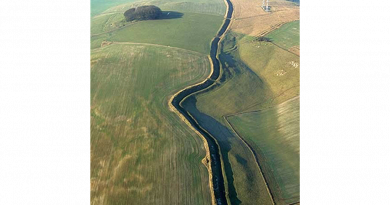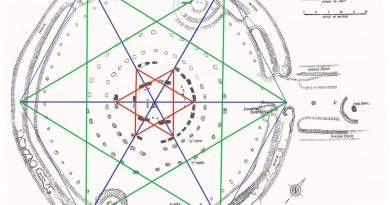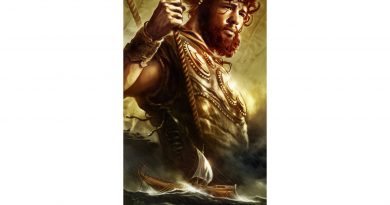Alexander the Great sailed into India – where no rivers exist today.
“I come, I saw, I conquered” (but I would need some boats?) – Julius Caesar
The Indian campaign of Alexander the Great began in 326 BCE. Alexander was born July 20, 356 BCE in Pella, in the Kingdom of Macedonia. He united the Greek city-states and led the Corinthian League during his leadership. He also became the king of Persia, Babylon and Asia, creating Macedonian colonies in Iran. After conquering the Achaemenid Empire of Persia, the Macedonian king (and now high king of the Persian Empire) Alexander launched a campaign in northwest India (Pakistan.) Many historians consider the battle of the Hydaspes river against King Porus in Punjab as the most costly battle that the armies of Alexander fought.
The rationale for this campaign is usually said to be Alexander’s desire to conquer the entire known world, which the Greeks thought ended in north-western India. However, while considering the conquests of Carthage and Rome, Alexander died in Babylon on June 13, 323 BCE. In 321 BCE, two years after Alexander’s death, Chandragupta Maurya of Magadha founded the Maurya Empire in India.
The Hydaspes was the last major battle fought by Alexander. The main train went into modern-day Pakistan through the Khyber Pass, but a smaller force under the personal command of Alexander went through the northern route, resulting in the Siege of Aornos along the way. In early spring of the following year, he combined his forces and allied with Taxiles (also Ambhi), the King of Taxila, against his neighbour, the King of Hydaspes.
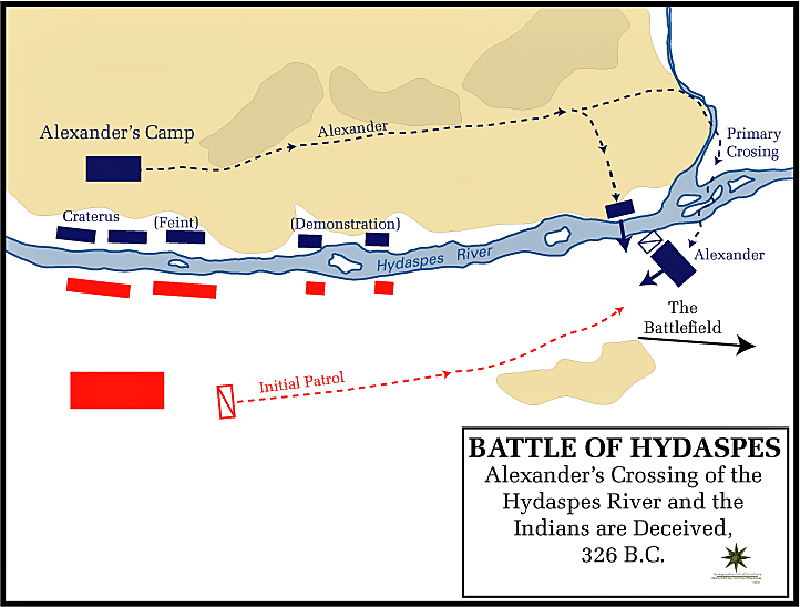
Porus wiz Puru was a great King of the Indus/ Asiatic continent. Arrian writes about Porus, in his own words, “One of the Indian Kings called Porus a man remarkable alike for his strength and noble courage, on hearing the report about Alexander, began to prepare for the inevitable. Accordingly, when hostilities broke out, he ordered his army to attack Macedonians from whom he demanded their king as if he was his private enemy. Alexander lost no time in joining battle, but his horse being wounded in the first charge; he fell headlong to the ground and was saved by his attendants who hastened up to his assistance.”
Porus drew upon the south bank of the Jhelum River and was set to repel any crossings. The Jhelum River was deep and fast enough that any opposed crossing would probably doom the entire attacking force. Alexander knew that a direct crossing would fail, so he found a suitable path, about 27 km (17 miles) upstream of his camp. The name of the place is ‘Kadee’. Alexander left his general Craterus behind with most of the army while he crossed the river upstream with a substantial part of his army. Porus sent a small cavalry and chariot force under his son to the crossing.
According to sources, Alexander first encountered Porus’s son in the past, so the two men were not strangers. However, Porus’s son killed Alexander’s horse with one blow, and Alexander fell. Arrian, also writing about the same encounter, adds that “Other writers state that there was a fight at the actual landing between Alexander’s cavalry and a force of Indians commanded by Porus’s son, who was there ready to oppose them with superior numbers, and that in the course of fighting he (Porus’s son) wounded Alexander with his hand and struck the blow which killed his (Alexander’s) beloved horse Buccaphalus.”
The force was easily routed, and there isn’t any mention in any account that Porus’ son was killed. Porus now saw that the crossing point was more extensive and decided to face it with the bulk of his army. Porus’s armies were poised with cavalry on both flanks, the war elephants in front, and infantry behind the elephants. These war elephants presented a complicated situation for Alexander, as they scared the Macedonian horses.
Alexander did not continue, thus leaving all the headwaters of the Indus River unconquered. Afterwards, Alexander founded Alexandria Nikaia (Victory), located at the battle site, to commemorate his triumph. He also founded Alexandria Bucephalus on the opposite bank of the river in memory of his much-cherished horse, Bucephalus, who carried Alexander through the Indian subcontinent, and died heroically during the Battle of Hydaspes.
Near the Ganges River (the Hellenic version of the Indian name Ganga), East of Porus’s kingdom, was the mighty Nanda Empire of Magadha and Gangaridai Empire of Bengal. Fearing the prospects of facing other mighty Indian armies and exhausted by years of campaigning, his army mutinied at the Hyphasis River (the modern Beas River), refusing to march further East.
As for the Macedonians, however, their struggle with Porus blunted their courage and stayed their further advance into India. For having had all they could do to repulse an enemy who mustered only twenty thousand infantry and two thousand horse; they violently opposed Alexander when he insisted on crossing the river Ganges also, the width of which, as they learned, was thirty-two furlongs, its depth a hundred fathoms, while its banks on the other side were covered with multitudes of men-at-arms and horsemen and elephants. For they were told that the kings of the Ganderites and Praesii were awaiting them with eighty thousand horseback riders, two hundred thousand footmen, eight thousand chariots, and six thousand fighting elephants.
Gangaridai – a nation that possessed a vast force of the largest-sized elephants. Consequently, their country has never been conquered by any foreign king: for all other nations’ dread, these animals’ overwhelming number and strength. Thus, Alexander the Macedonian, after defeating all Asia, did not make war upon the Gangaridai, as he did on all others; for when he had arrived with all his troops at the river Ganges, Alexander abandoned as hopeless an invasion of the Gangaridai when he learned that they possessed four thousand elephants well-trained and equipped for war.
This is a traditional account of how Alexander entered and fought in India. He had to travel thousands of miles east to a new land to access this land. Traditionally, this campaign was seen as a route march over barren desert land, which, to be frank, nobody in their right mind would attempt. However, recently a Photojournalist (not a historian) physically travelled the same path as Alexander the great and found that he used the waterways of the past, which to date have been ignored as they are currently too low to facilitate such a large army, but in the past, David suggests that the river was much larger than today.
Aboard a replica of the Argo, David Adams embarked on an epic journey from Greece across half the earth and into war-torn Afghanistan. In Russia, David discovered the Phasis River, the waterway that led Jason to ‘The land of the Golden Fleece’ and onto the Caspian Sea, where Alexander planned to create a great canal to connect it to the Black Sea.
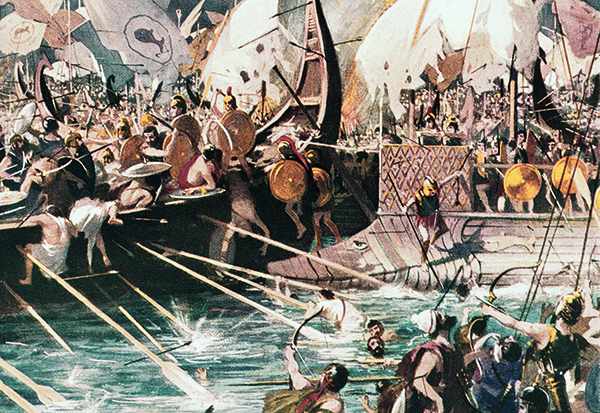
He entered Alexander’s Lost World in search of the mysterious River Oxus that once flowed into the Caspian, transporting riches from India according to the Ancient Greeks. In the desert wastes of Turkmenistan, he also discovered the ruins of a magnificent 4,000year-old city and startling evidence to suggest that the reports of the Ancient Greeks were correct; in their time, the earth’s climate was radically different than today.
Crossing into Afghanistan in search of the lost city of Bactra, Adams uses the Ancient Greek accounts as a guide to try to locate Alexander’s fabled Central Asian Capital.
Long thought to be the citadel of Balkh, the Greeks accounts appear to describe a different city entirely. In the markets beneath the fortress, David found evidence to suggest Bactra may lie out towards the Oxus River at the end of a great delta.
Continuing his historical journey, David travelled along Alexander’s route of conquest through Uzbekistan and Tajikistan to unearth Alexandria on the Oxus. Moreover, in the waters of the Oxus River, Adams discovers a surprising connection to Jason and the Argonauts – could they have possibly travelled this far from Greece?
The story of the golden fleece is remarkably similar to a process still practised today on the banks of the Oxus in Uzbekistan, where river water is poured down a slope on top of a piece of sheep’s fleece which catches the gold in its wool-like filter.
David found extraordinary evidence that this lost world was once connected to the west. On the Pakistan border, David meets with the fabled ‘Children of Alexander’ and determines – once and for all – Alexander’s relationship with them. When the road turns to river and rubble, he finds the remains of other invaders and their unexplored citadel – Chinese and Tibetans, who, just like Alexander, once fought for control of the trade routes in an epic battle of 20,000 men.
Moreover, on his final leg of his Quest for Alexander’s lost world, he found evidence of the earliest communities, including farming and irrigation above 4000 meters – proof that a radically different climate made farming possible on the roof of the world long ago. The most remarkable aspect of this civilisation is that they were doing this long before Alexandra the Great, some estimate 7,000 years ago.
Finally, he journeys on, deep into the high Pamir Mountains on Afghanistan’s border with China; he goes in search of the trustworthy source of the Oxus River – it remains undetermined until this day, and he measured the flow and volumes, before making the final push to the place he believes is the source – an ice cave at the base of a glacier. Which is the last ice age would have been far more significant in size and the source of greater volumes of water, making the Oxus river far deeper and accessible?
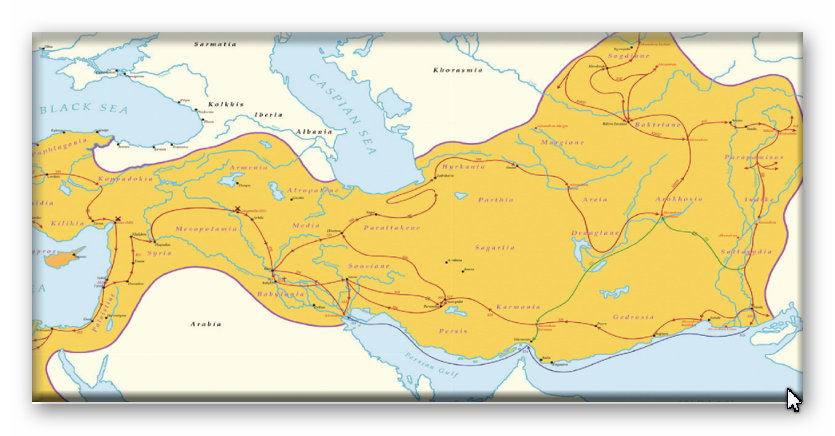
It seems that the last Ice Age influenced even the Greek and Roman periods some 15,000 years later. The story of Jason and the Argonauts is clearly based on the Greeks sailing up the Oxus in search of adventure. Alexander the great could not have accessed India without the Flooding of the Black and Caspian Seas compared to today that allowed him to connect with the Oxus in the Caspian and sail to Lake Aral before starting his journey South West to Uzbekistan, Turkmenistan, Kyrgyzstan, Tajikistan, Afghanistan and finally Pakistan (India) some 2,000 miles without ships and boats, for travel and supplies.
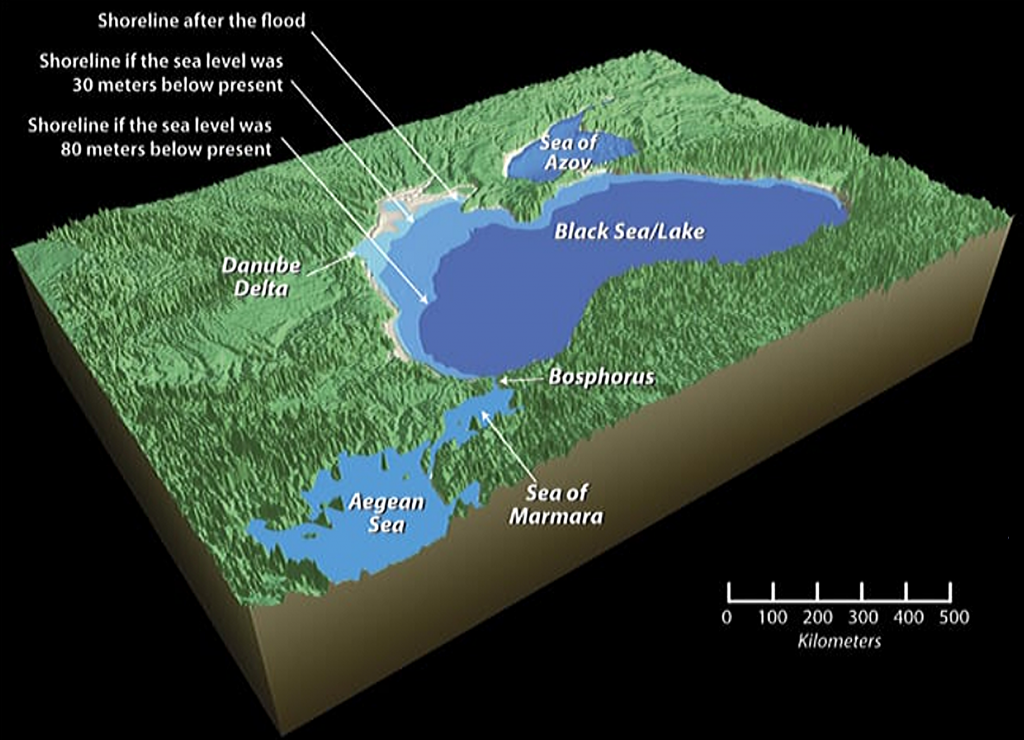
This route is confirmed by the naming of conquered towns with his course, which still bear the name Alexandria such as Eschate:
Alexandria Eschate (Latin: Alexandria Ultima, English meaning “Alexandria the Farthest”) or Alexandria Eskhata was founded by Alexander the Great in August 329 BCE as his most northerly base in Central Asia. It was established in the southwestern part of the Fergana Valley, on the southern bank of the river Jaxartes (modern name Syr Darya).
For more information about British Prehistory and other articles/books, go to our BLOG WEBSITE for daily updates or our VIDEO CHANNEL for interactive media and documentaries. The TRILOGY of books that ‘changed history’ can be found with chapter extracts at DAWN OF THE LOST CIVILISATION, THE STONEHENGE ENIGMA and THE POST-GLACIAL FLOODING HYPOTHESIS. Other associated books are also available such as 13 THINGS THAT DON’T MAKE SENSE IN HISTORY and other ‘short’ budget priced books can be found on our AUTHOR SITE. For active discussion on the findings of the TRILOGY and recent LiDAR investigations that is published on our WEBSITE you can join our FACEBOOK GROUP.

